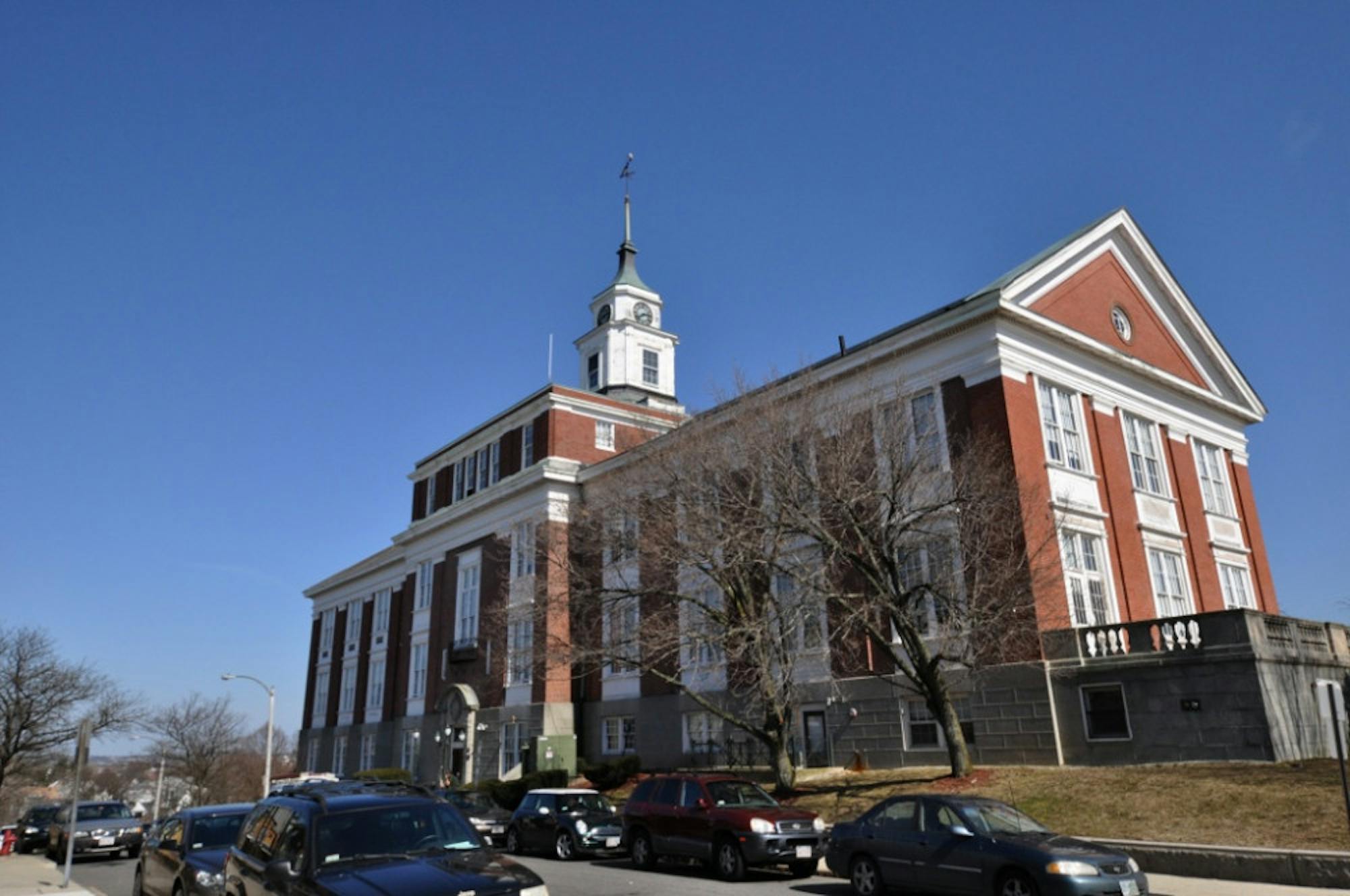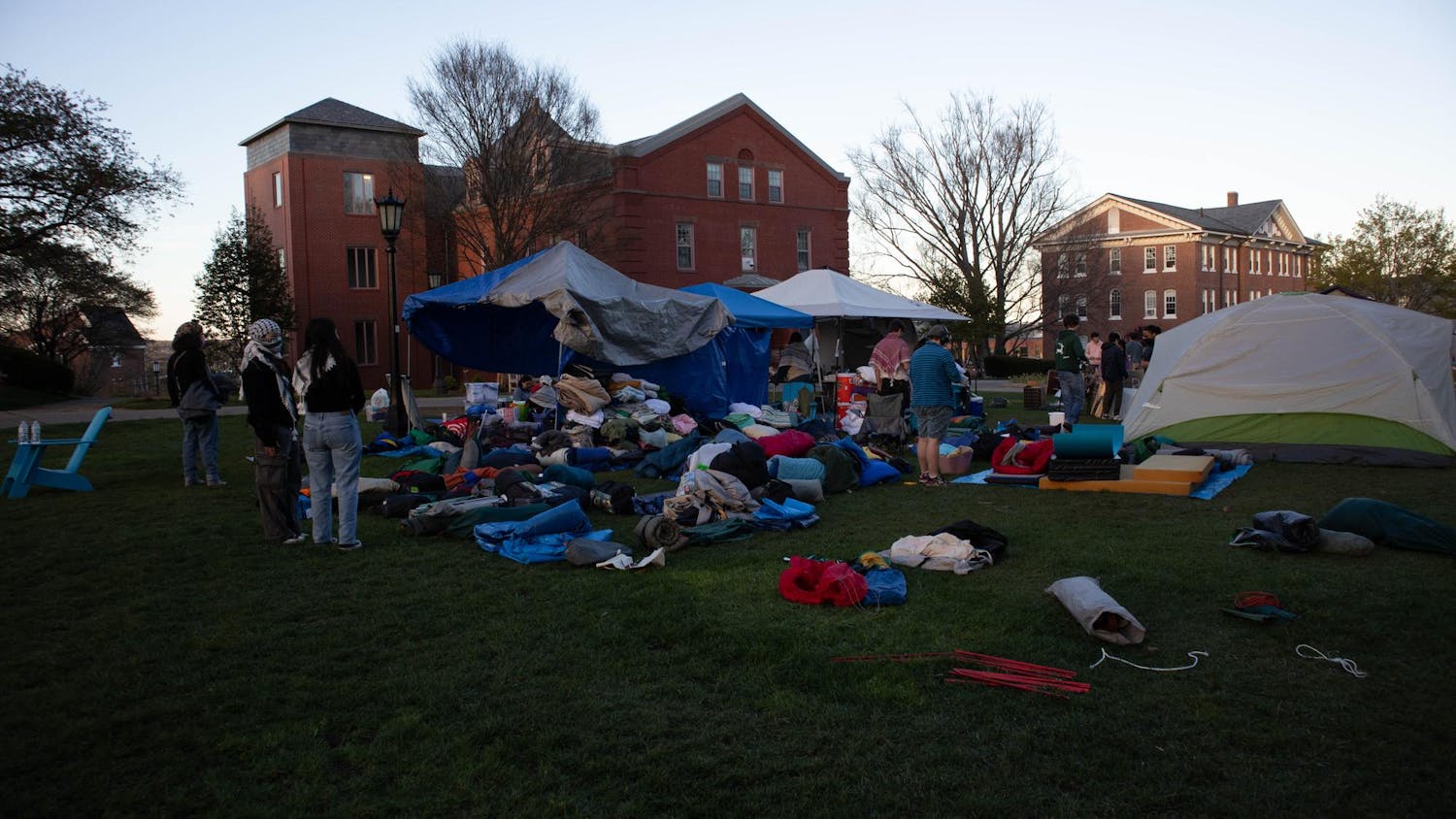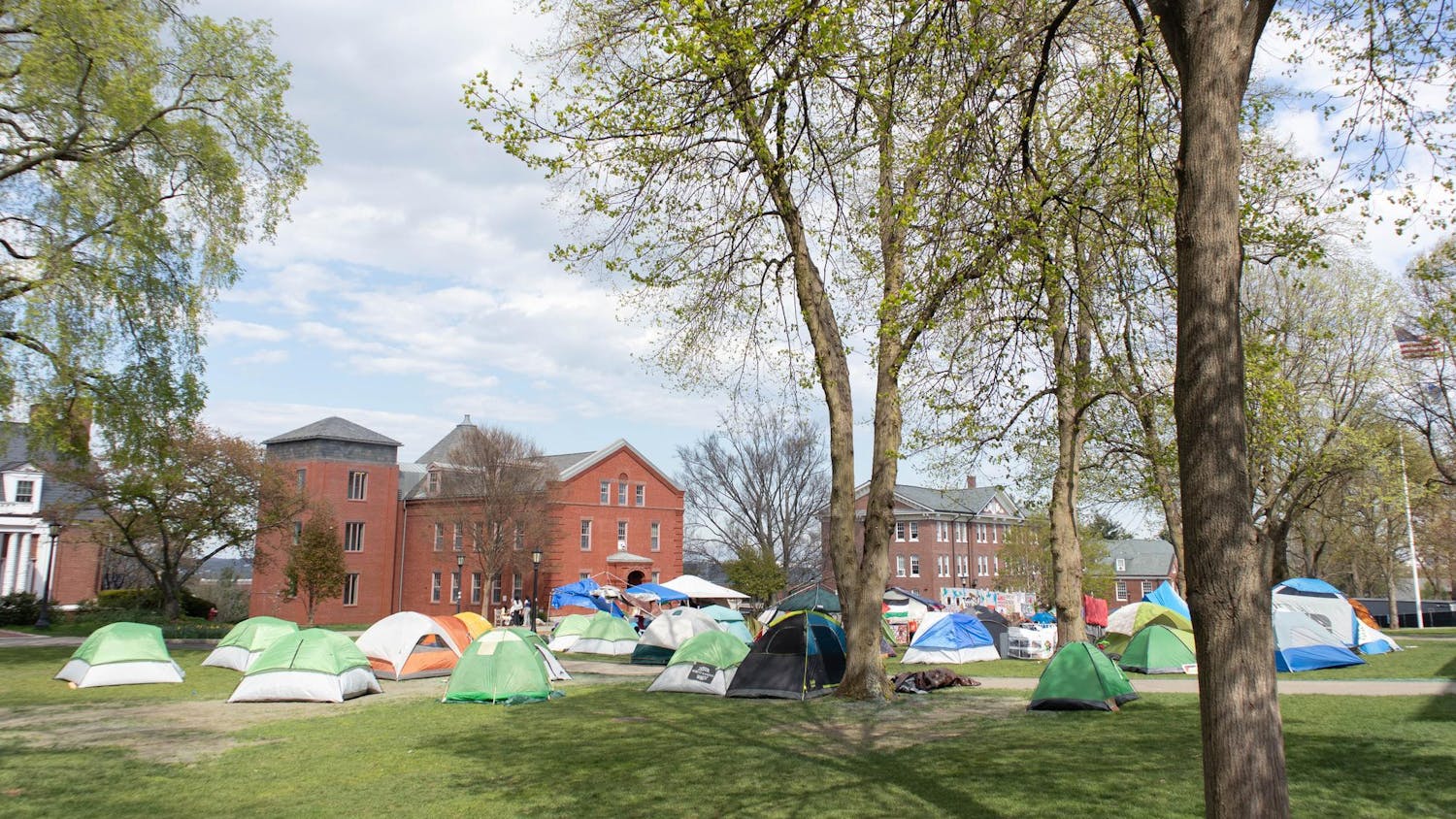The Somerville City Council approved an overhaul of the city’s zoning code which seeks to promote affordable housing, reduce congestion and improve sustainability standards.
The City Council approved the 552-page Somerville Zoning Ordinance (SZO), as the new code is formally known, at its Dec. 12, 2019 meeting after nearly eight years of committee meetings, public hearings and analysis by city officials. The overhaul is the first significant revision to Somerville’s zoning code in nearly 30 years and updates some regulations that had existed since the city passed its first zoning ordinance in 1924.
Among the significant changes is the expansion of an affordable housing provision that was originally passed by the City Council, then known as the Board of Aldermen, in 2016. That provision now requires most residential developments with more than four units to provide at least 20% of those units at affordable rates.
The SZO also incorporates a fee on developments over 30,000 square feet that is allocated to the city’s affordable housing programs.
“Zoning is one of, if not the most, powerful tool that we have as a municipality [to] affect change [and] to accomplish goals that we’ve set out as a community,” Ward 6 City Councilor Lance Davis said. “The fact that people are getting displaced day after day, and have for years in this city, and [that] the city is losing so much of the diversity in character that’s always made it such an interesting place is our biggest challenge. Through zoning, we can take some strong steps toward mitigating that.”
Davis, whose ward includes the southeastern portion of Tufts’ Medford/Somerville campus and adjacent neighborhoods, including Davis Square, also pointed to the inclusion in the SZO of a jobs linkage fee first passed in 2017 as a way to combat displacement. That fee requires developers to provide funds that go toward training Somerville residents to compete for local jobs.
New parking regulations in the SZO aim to prevent congestion and encourage residents to use public or carbon-neutral forms of transportation.
The ordinance establishes a maximum number of parking spots that developers are permitted to build and abolishes a minimum number of spots they previously had to provide. For developments designated as within walking distance of public transportation, parking must be built off of the street.
Moreover, several residential and commercial districts require developers to provide free bicycle parking for residents, employees and visitors.
“In the old zoning, the parking requirements were designed for a world that doesn't exist anymore,” Davis said. “The data is overwhelmingly clear that if you build parking spaces, what happens is people bring cars, and that puts more traffic on the streets — not to mention the impact on the environment and our climate.”
The SZO also establishes several regulations to encourage eco-friendly development.
Residential and commercial developments must achieve a minimum sustainability standard under Somerville's new "Green Score" measurement. Developments earn points toward their Green Score by incorporating sustainable features in their architecture and landscaping, such as green roofs, permeable surfaces and habitats for pollinating insects.
“Normal zoning says that a certain percentage of your lot has to be landscaped,” the city’s senior planner, Dan Bartman, said. “This system says … the landscape must earn points based on how we value the items that you landscape with. So large trees earn more points than small trees because of what they do for us or what they do for the environment.”
Unlike inflexible landscaping requirements, Bartman said, the Green Score program — which is modeled on existing programs in Seattle and Washington D.C. — gives developers leeway to meet its standards by establishing a calculation that considers a property’s entire environmental impact.
“That's a way we felt would still allow creativity among the development community [and] among the neighbors of the community,” Davis said. “One of the biggest assets we have in Somerville is how smart and creative people are. Throughout the zoning process, we learned that the community is going to think of things that we didn't … so to the extent that we could, we wanted to leverage that and allow people to get creative.”
The SZO also requires developments over 25,000 square feet to earn Leadership in Energy and Environmental Design (LEED) Gold certification and developments over 50,000 feet to achieve LEED Platinum certification.
Earlier drafts of the ordinance set the certification requirements at LEED Silver and LEED Gold, respectively, which would match sustainability standards in Boston and Cambridge. However, later versions included the more stringent requirements.
In addition, the SZO stipulates that new laboratory buildings must earn LEED Platinum certification. That provision provoked backlash from the development community in the final months before it was adopted and will likely be considered further, according to Bartman.
However, Bartman explained that certain buildings that achieve environmental standards set by the Passive House Institute U.S. or the International Living Future Institute can earn a density bonus under the new ordinance and would inherently qualify for LEED certification.
“Essentially, every new apartment building has the ability [to increase] the amount of dwelling units they can provide if they build a more sustainable building,” Bartman said. “We offer the exact same density bonus for building that are 100% affordable, and we’ve had really good feedback from people already expressing interest in doing one or the other.”
Bartman added that Tufts must comply with the LEED requirements for any developments. The university does not currently have plans to construct a new laboratory building in Somerville, according to Director of Community Relations Rocco DiRico.
“Before starting any new construction project, we would contact the appropriate City officials, as we always do, to determine what aspects of the new zoning code would apply,” DiRico told the Daily in an email.
As it was in previous zoning codes, Tufts is situated in a special zoning district in which it enjoys certain privileges, such as being able to build up to eight stories at least 200 feet from the surrounding community. The SZO does not change any provisions of the university’s special zoning district, according to Bartman.
Bartman noted that Tufts’ proximity to the coming Green Line Extension would trigger the new provision limiting the number of parking spaces allowed near public transportation hubs if it was not in a special zoning district. However, he did not rule out dismissing that exemption in the future.
“We didn’t change anything [regarding] Tufts or how the public understands the Tufts zoning function, outside of wanting to have a planning process to do such things,” Bartman said. “The underlying principle was that if we were, one day, to change how the Tufts zoning works, we should have a planning process that involves Tufts and the public.”
Tufts representatives regularly attended community discussions regarding the proposed SZO throughout the nearly eight-year adoption process and occasionally provided feedback to the city, according to DiRico.
Mayor Joseph Curtatone’s administration began drafting the SZO in February 2012 after introducing its comprehensive plan, SomerVision.
SomerVision called for the creation of 30,000 new jobs and 6,000 new housing units, with 1,200 designated as permanently affordable, by 2030. It also presented nearly 600 goals, policies and action statements for Somerville to consider, many of which the SomerVision Steering Committee saw as incompatible with the city’s old zoning code, according to Bartman.
“They realized that many of the things they wanted to accomplish, and much of the way they wanted development to unfold in the city, was in direct conflict with the regulations that were in place at that time,” Bartman said. “My hiring [in February 2012] was a direct result of SomerVision being adopted and a good chunk of its objectives needing to be implemented through a revision, if not a wholesale replacement of zoning, to ever achieve any of that stuff.”
In his initial survey of the city, Bartman saw that its zoning regulations did not recognize different building types and thus could not preserve the character of its neighborhoods.
“Zoning was using uniform dimensions to regulate all buildings,” he said. “It didn't matter if you had a triple-decker or a house — it was just letting you build onto them in an uncoordinated manner that respected that specific type.”
The SZO’s establishment of a Neighborhood Residence zone, which covers 80% of the city and standardizes regulations by building type, was a direct result of the need for greater coherence, according to Bartman.
The administration presented a draft of the SZO to the former Board of Aldermen in 2015. That version contained the same building classifications that are in the final ordinance but did not include many of the affordable housing and sustainability provisions.
“That draft was not received really well,” Davis said. “To everyone's credit, we took it as a working draft [and] went back out to the community. There’s been rounds and rounds of community input, expert input and analysis from consultants, the City Council, the former Board of Aldermen and the administration.”
The administration ultimately submitted four more versions of the ordinance before the City Council adopted the final one in December 2019.
“Some of that had to do with the politics changing multiple times during the process,” Bartman said. “We have a two-year election cycle, so if I didn't get it done in two years, new people would come. But this was a collaborative effort — it's very different than where we started in 2015.”
Aside from the SZO’s new policies, Davis pointed to its simplified language and organization as a significant upgrade from the city’s old zoning code.
“Just from a transparency standpoint … [the old code] was really inaccessible for people,” he said. “You needed expert lawyers [and] people who could help you sort through it just to have even the beginnings of a sense of what you could or couldn’t do, or what your neighbor could and couldn’t do.”
Bartman concurred and emphasized the importance of adopting the SZO for Somerville’s continued growth.
“This really was a collaborative effort between everybody,” Bartman said. “It certainly reflects the interests of the public and the elected leadership, and in my opinion, it's a huge achievement in the city's history. This is a platform for further work. It's like we replaced the operating system of a computer with a new version so that we can keep working. We had a 1990 version of a computer, and now we have a 2020 version.”
Correction: A previous version of this article misattributed a comment made by Dan Bartman. The article stated that Rocco DiRico said that Tufts must comply with Somerville’s LEED requirements, when in fact Bartman said it. The article has been updated to reflect this change. The Daily regrets this error.
Somerville zoning overhaul establishes housing, environmental standards for new development

Somerville City Hall is pictured on Dec. 31, 2011.





